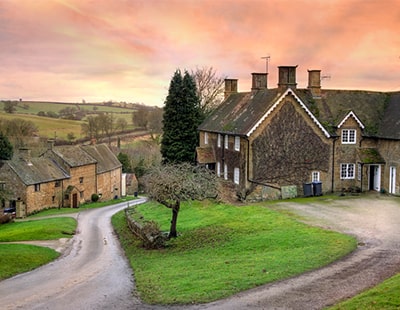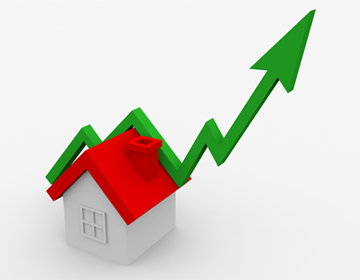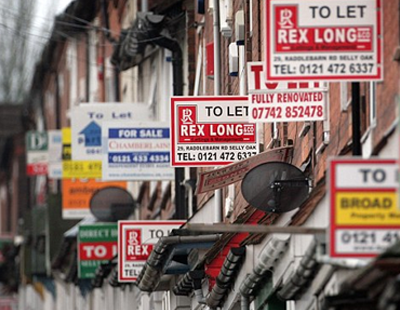Locations with homes surrounded by trees and greenery were analysed by Barrows and Forrester. The findings show that these locations have more affordable property values than most.
By analysing which regions of England have got the most newly planted trees the lettings and estate agent were able to accumulate a list of areas most suitable for those wanting to live in green areas with good air quality.
According to the research in England 15.1 million trees were planted between 2010-2018.
Properties in green spaces are highly sought after because of the many benefits. Trees create better air quality as they absorb carbon dioxide, and this clears the air from harmful particles.
Areas with great air quality
With more than 2.7 million trees planted between 2010-2018 and an average regional house price of £200,172, the North West is at the top of the list.
In second place is the South West where 2 million new trees have been planted and the average house price is £314,037.
In third place is the East Midlands where there are around 2 million trees and an average house price of £212,229.
Those hoping to live in green areas but also save on price would be happy to know that the study found a correlation between house price and trees planted. Overall, more trees tend to mean lower property prices.
Areas with the least trees
In contrast, some locations with no newly planted trees on record were most London boroughs. These boroughs had an average house price of £406,303.
London is the region with the least number of newly planted trees. Only 19,100 were planted between 2010-2018 in the capital properties in this location are around £521,146 on average.
Areas with between 100,000-200,000 new trees include Harrogate, East Suffolk, Oldham, and Shropshire, the average house price is £281,305.
Managing director of Barrows and Forrester, James Forrester, explains: “Given how buyers have become obsessed with green, spacious living locations in the years since the pandemic, one would assume that those areas with the most newly planted trees would command higher house prices, but our research suggests that the opposite is, in fact, true.”
“The simple explanation for this is that our big cities, where house prices are often highest, are not planting many or any trees, while those more rural areas populated by smaller towns and villages, where prices tend to be lower, are planting a lot of new trees.”

















Join the conversation
Be the first to comment (please use the comment box below)
Please login to comment